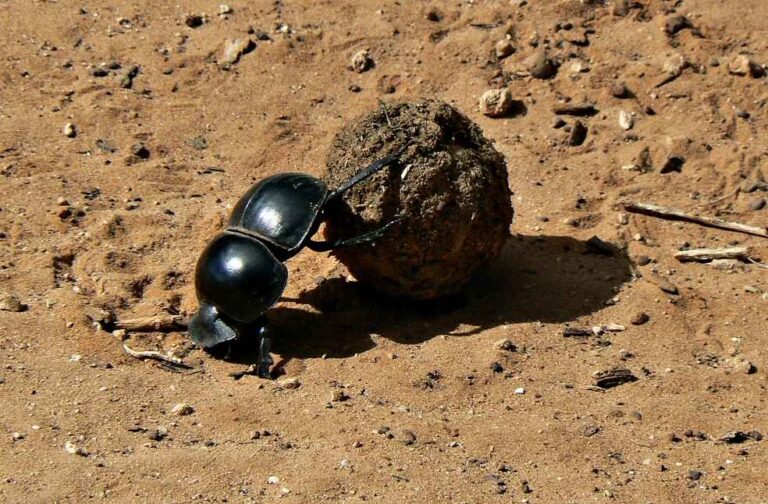Sarah Brisson, a Ph.D. student at the University of Connecticut’s Department of Earth Sciences, is investigating how ecosystems and communities of organisms respond during mass extinction events. These events occur when there are significant environmental changes, and Brisson is focusing on a mass extinction event that occurred about 370 million years ago in the Late Devonian period. The study uses fossils of small, shelled, ocean-dwelling creatures called brachiopods, which were abundant in the sample set from the Appalachian Basin in New York and Pennsylvania. By examining the response of surviving species after the extinction of other species, Brisson hopes to understand how ecosystems and communities of organisms react during such events.
One of the concepts that Brisson is studying is niche dynamics, which involves niche conservatism and niche evolution. Niche conservatism means that organisms remain in their environment and retain their characteristics, whereas niche evolution means that organisms evolve and change their preferences to adapt to new environmental parameters. Brisson is investigating how organisms behave when environmental parameters change and how these changes affect the ecosystem as a whole.
Brisson’s research shows that in the Late Devonian mass extinction event, some species maintained their niches even after the extinction of other species. While it was expected that surviving species would move in to occupy the newly empty niches, the results showed that niche conservatism was the predominant response in the region studied. Brisson believes that understanding the factors that drove the Late Devonian extinction pulses can shed light on the accelerating species extinctions happening today. She believes that studying fossils is a powerful tool for understanding the past, and that biological concepts can be applied back through time to gain insight into the ecosystems of the past.
DON’T MISS IT: RECENT SHARE MARKET FRAUDS



